Interior design features
Glass tiles are made from quartz sand and bonding materials. The tempered glass obtained as a result of production is absolutely safe, as it does not produce sharp edges even if damaged. Designers around the world have long appreciated its advantages: an interior decorated with glass fragments looks aesthetically pleasing, expensive and original:
- Glossy products reflect light, therefore, make the interior visually wider and brighter.
- Glass perfectly combines with porcelain stoneware, wallpaper, plastic, metal and wood.
- Products look voluminous, visually giving depth to the room.
It is installed using transparent silicone sealant and grout.
Pros and cons of glass finishes
Glass tiles are used for cladding a wide variety of surfaces. What advantages does it have?
| Dignity | disadvantages |
|---|---|
| Hygienic smooth, non-porous surface. | Relative fragility: requires care during installation. |
| Resistant to aggressive cleaning agents, temperature extremes and moisture. | Not all types of tiles are suitable for flooring. |
| Rich colors. |
The photo shows a bathroom where two types of tiles are combined: polished glass and textured "bubbles".
Views
The modern construction market offers several types of glass tiles:
- Enamelled. The glass is covered with titanium enamel and baked. The enamel provides increased durability and gives the surface rich colors.
- Marblit. Made of frosted or frosted glass. Differs in large thickness (up to 12 mm) and size (up to 50x50 cm). Smooth or grooved tops are solid or marbled, while the back is embossed for better grip when styling.
- Glass decor. Suitable for creating mosaic patterns or decorative panels, as it has a small size (about 65 * 65 mm). There is also glass with cuts, which imitates a mosaic: it fits in a whole canvas, and not piece by piece.
- Stemalit. Large sheet glass is used for its production. These are rectangular panels with a length of 40 to 150 cm. Its production resembles the process of creating an enamel tile. Heat treatment gives the products a special wear resistance, reliably holding the enamel.
- Penodecor. This is a square tile with a glassy colored film on the front. Its thickness reaches 4 cm, which makes it possible to use it for the construction of partitions.
What can be tiled?
Glass decor transforms and enhances the interior, gives it style and shine.
The following surfaces are tiled:
- walls;
- apron;.
- shower cabin;
- floor;
- ceiling;
- arches;
- fireplace.
In the photo there is a fireplace portal finished with refractory glass tiles.
Even small details interspersed with glass can dramatically change the design of a room.
Shapes and sizes of tiles
Today, hardware stores offer a wide range of tile products of various shapes:
- Square 10x10, 15x15 or 30x30 cm in size. It looks harmonious and does not stand out from the overall interior.
- Smallmosaic sizes 1x1, 2x2, 2x4, 3x3 cm. Allows you to decorate the interior with a pattern or geometric inserts.
- Rectangular products of standard size 7.5x15 cm, or "hog", which is always relevant and looks stylish in any interior. Often there are strips of glass with a width of 1 to 5 cm and a length of 40 to 60 cm.
- Fish scales. Colorful semicircular fragments that attract attention with their unusual shape.
- Honeycombs, bubbles, curly tiles– picturesque products that not only have unique decorative properties, but also masterfully hide the unevenness of the wall.
Pictured is a bathroom with an accent wall decorated with multi-colored hexagons.
Design options
Decorative glass tiles imitate textures that cannot be recreated with ceramic products: ice, transparent gems, mirror surfaces.
Mother-of-pearl glass tiles look great as an apron in the kitchen.
To transform the interior, it is not necessary to cover the entire area: it is enough to decorate the surface with glass inserts or create a panel.
Murano glass products are amazing in their beauty: they are not monochromatic, as we are used to seeing, but with multi-colored overflows that make up a unique ornament.
A special category includes products obtained by the fusing method: multi-colored glass blanks are melted and then joined. After cooling, a single piece of glass is formed with a unique abstract pattern or design.
Transparent tiles are universal: they are in harmony with any wall covering. Products with beveled edges (edging at the edges) give a special effect to the room: the surface decorated with them looks volumetric and elegant.
Glass tile colors
Glassware has a varied color palette, which allows you to choose a decor for any setting. The paint or drawing is applied to the back, so the color does not fade during operation.
The white surface is a versatile solution for small bathtubs. In a spacious room, you can use black products, which will add luxury and rigor to the interior.
The photo shows a dark gray wall with a geometric pattern made up of tiles of two sizes.
For an interior decorated in soothing colors, gray glass tiles are suitable. On the other hand, luxurious furnishings require expensive shining elements, for example, a mosaic imitating silver metal or gold.
Colored products are often used in combination with materials in neutral shades. For example, a green tiled apron is in harmony with white and wooden furniture, creating a corner in the apartment with natural motives. Tiles in pastel colors (blue, light green, pink) set you in a calm mood and help you relax.
Photo of glass tiles for bathroom and toilet
Glass tiles are often found in bathroom décor. It is not afraid of moisture and is easily cleaned of drops and streaks.
In the photo there is a shower area decorated with a dark glass "hog".
Glass products go well with tiles, paint, metal and chrome details. Small tiles are most often used in the cladding of certain areas of the bathroom: a shower cabin, an area with a mirror and a sink.
One accent wall can be distinguished with glass fragments.
The photo shows a bathroom with transparent tiles around the doorway. It is in harmony with mirrors and helps to relieve the space in which an entire wall is reserved for bulky dark cabinets.
The use of glass fragments in the interior of a bathroom or toilet sets a certain mood for the whole environment.
Even a small area decorated with tiles can add elegance and sophistication to a room.
The photo shows a patterned tile that softens the roughness of a wooden cabinet. The contrast between glass and wood gives an impressive result.
Glass tile ideas for the kitchen
Glass tiles in the kitchen are traditionally used as an apron. It not only gives the interior a "zest", but also protects the wall in the cooking area from dirt.
The photo shows a gray glass apron, which is in harmony with the glossy island table.
The presence of muted or vibrant colors gives the kitchen a great look.
An apron made of red glass "hog" in combination with a white set looks stylish and presentable.
The photo shows a classic combination of scarlet and white. A glass apron serves as a bright accent in a monochromatic setting.
Glass products are also laid out in the area of the slab, since glass is resistant to high temperatures.
Glass decor does not overload the interior, but adds lightness and airiness to it.
In the photo, a pastel-colored glass apron dilutes the dark laconic set.
Photo gallery
Glass tiles are a fashionable, practical and aesthetic material that helps create an attractive look in any room.

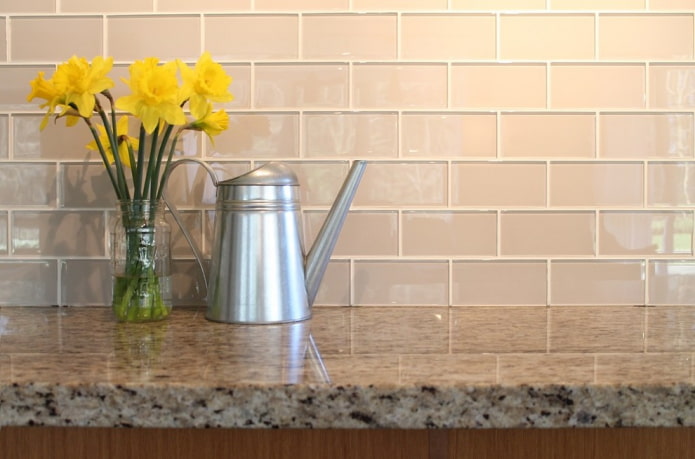
 10 practical tips for arranging a small kitchen in the country
10 practical tips for arranging a small kitchen in the country
 12 simple ideas for a small garden that will make it visually spacious
12 simple ideas for a small garden that will make it visually spacious
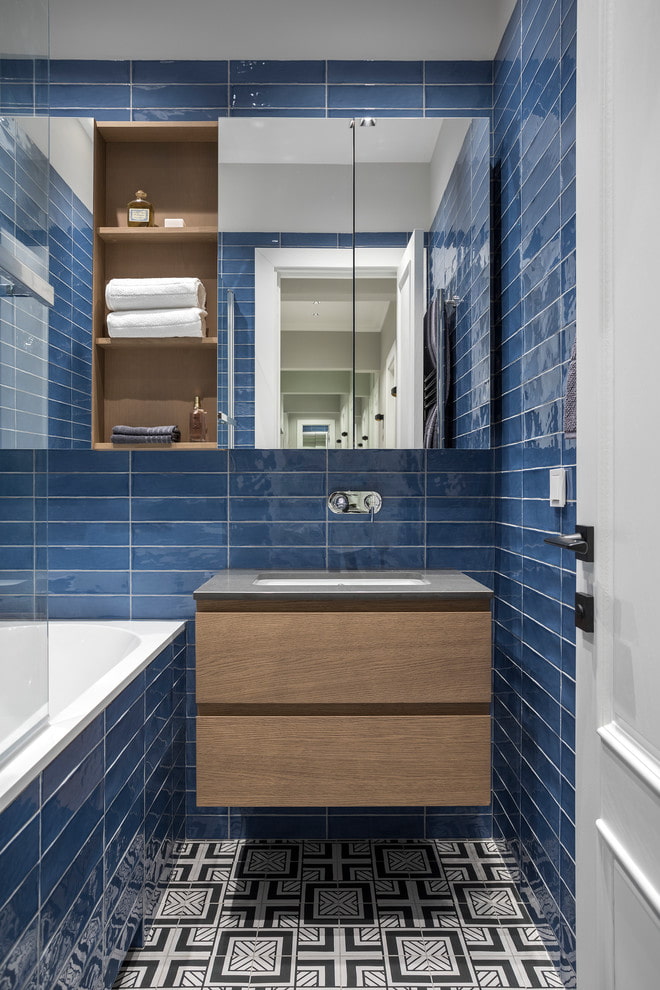
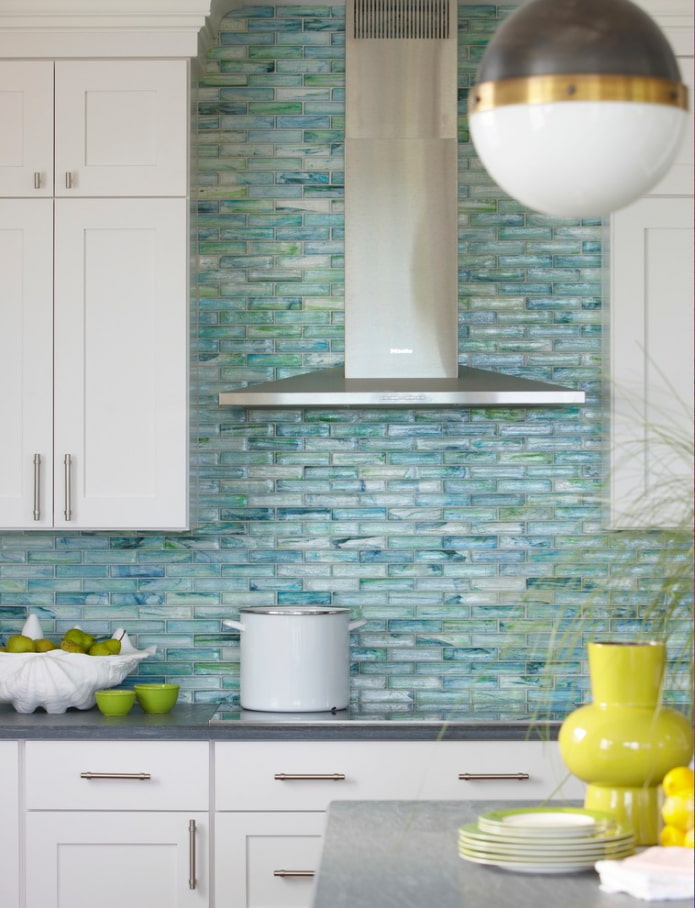


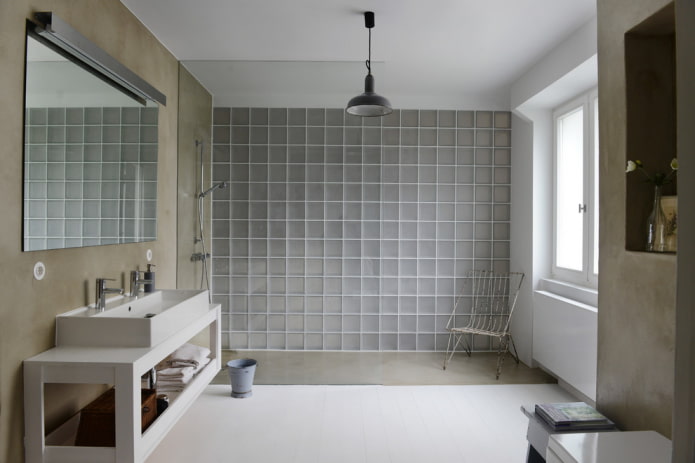
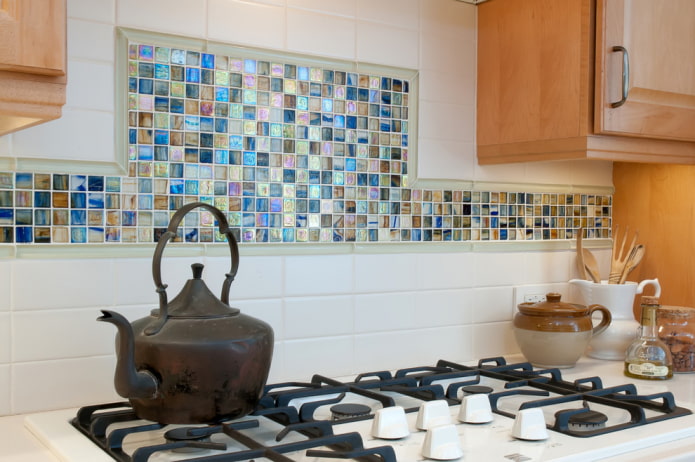
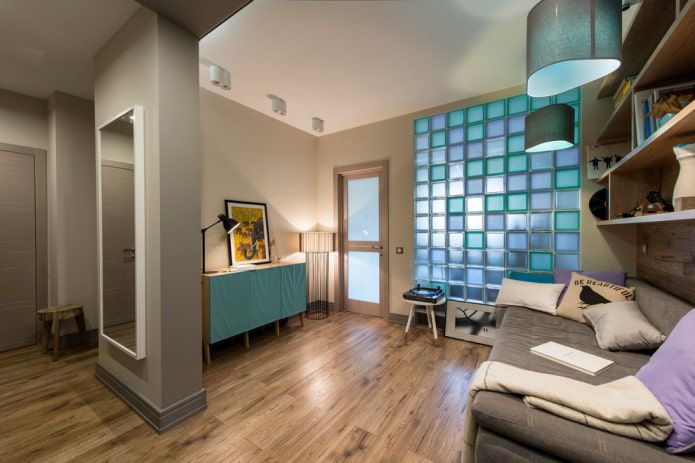
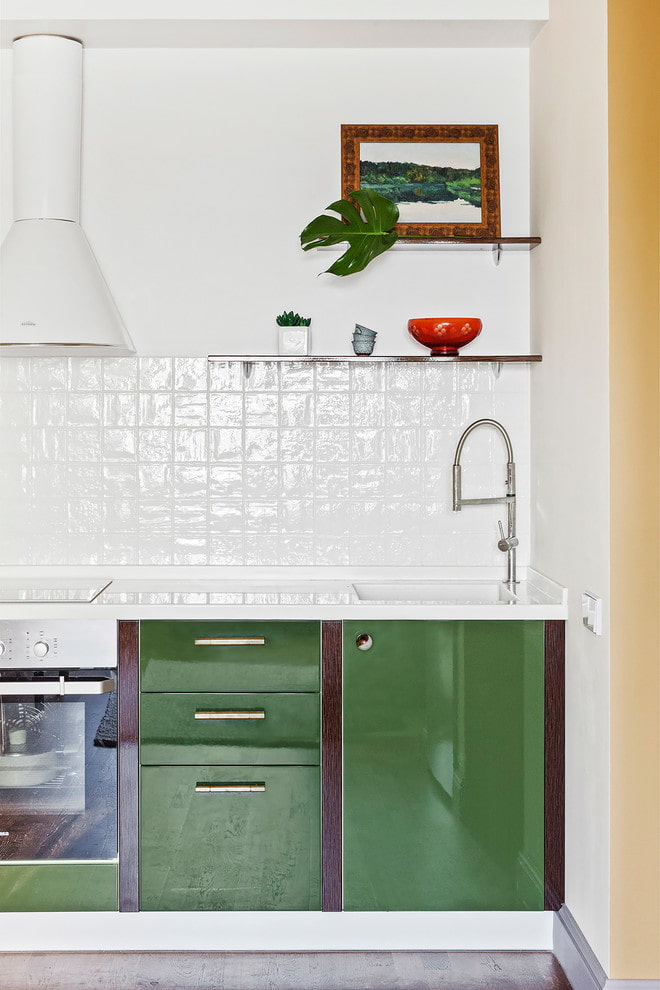
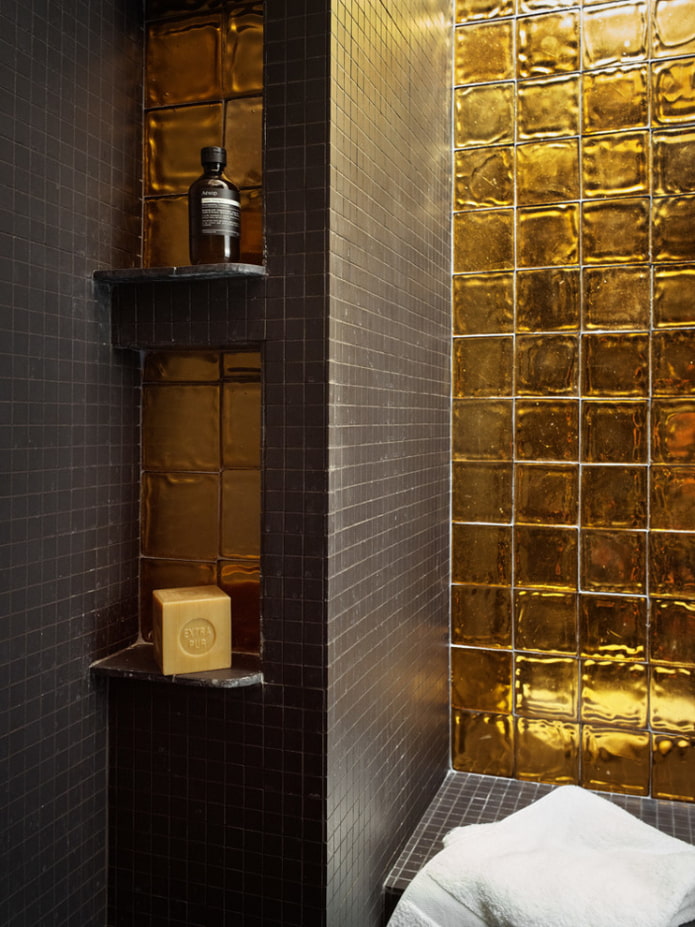
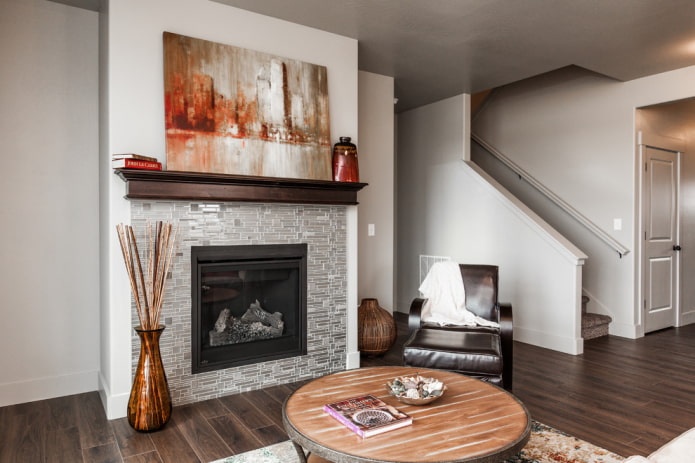
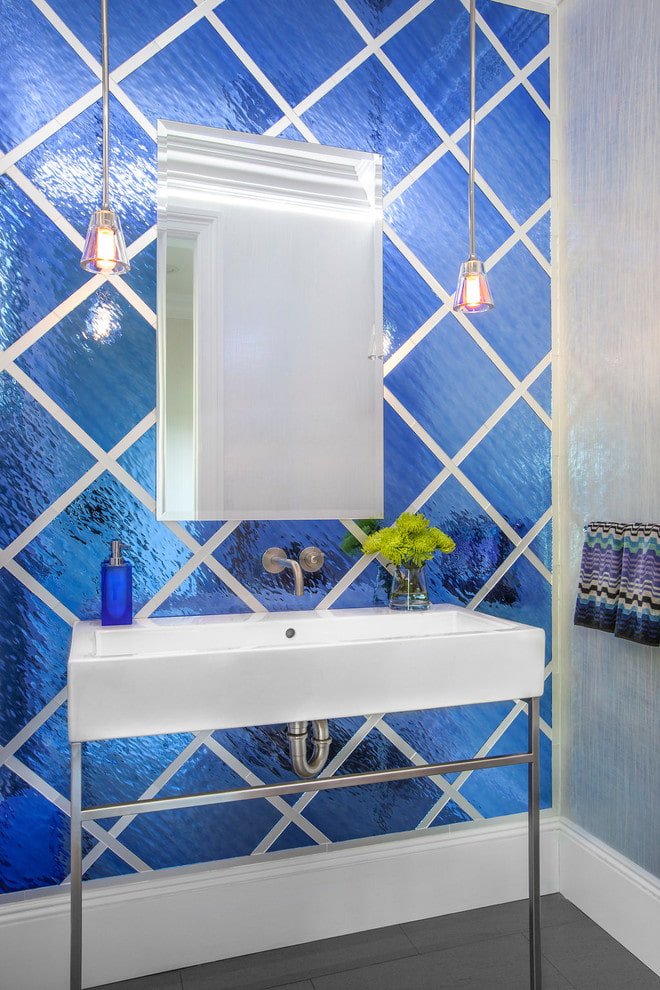
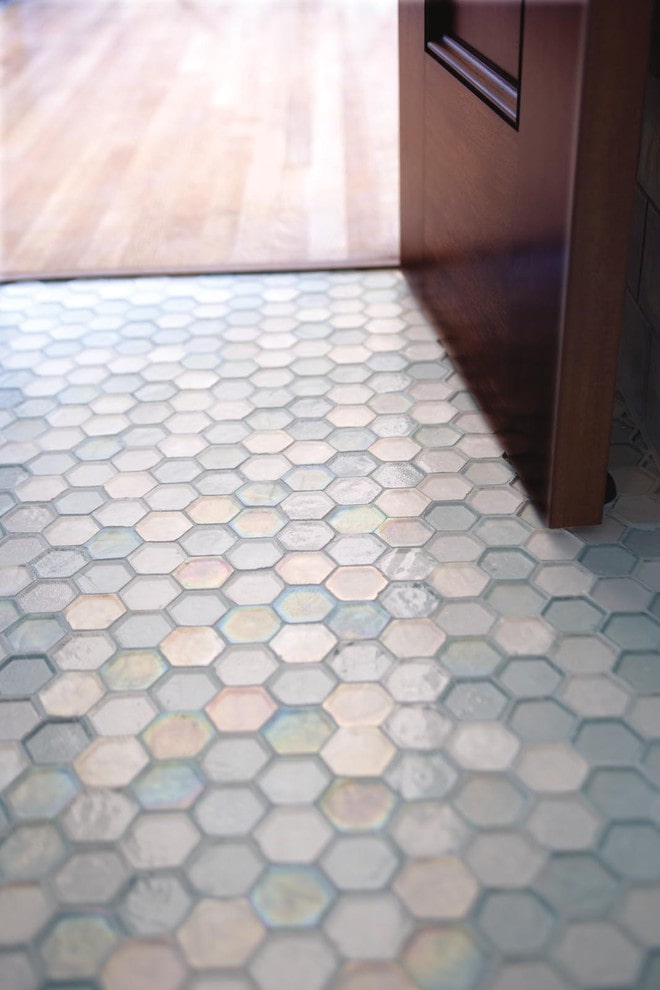
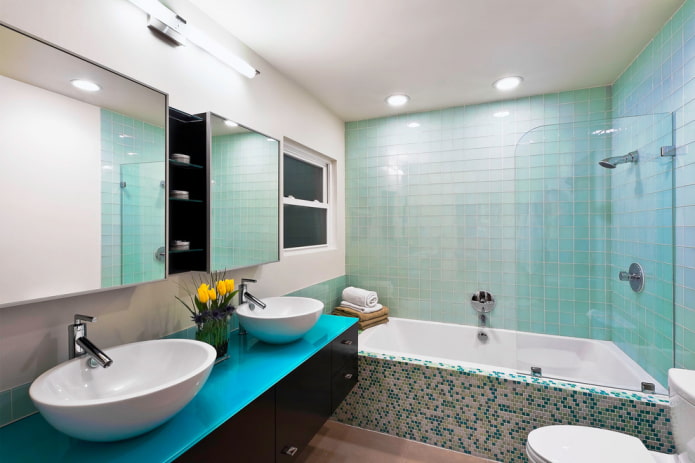
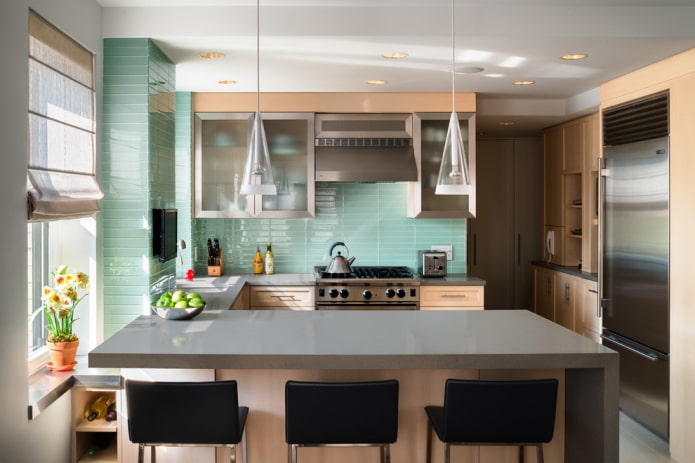

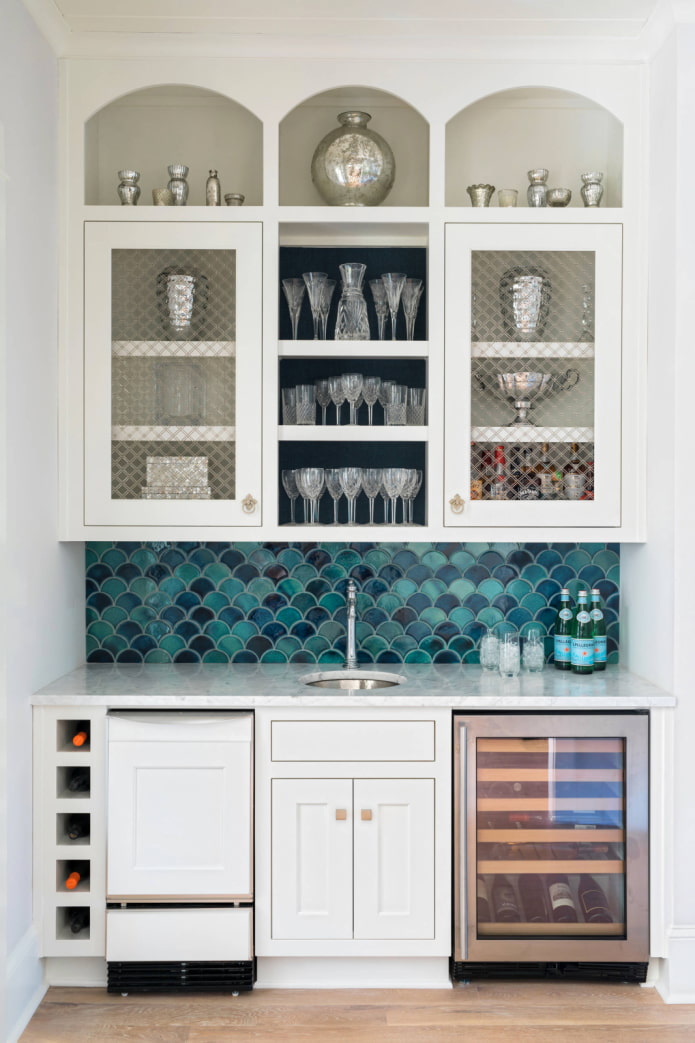

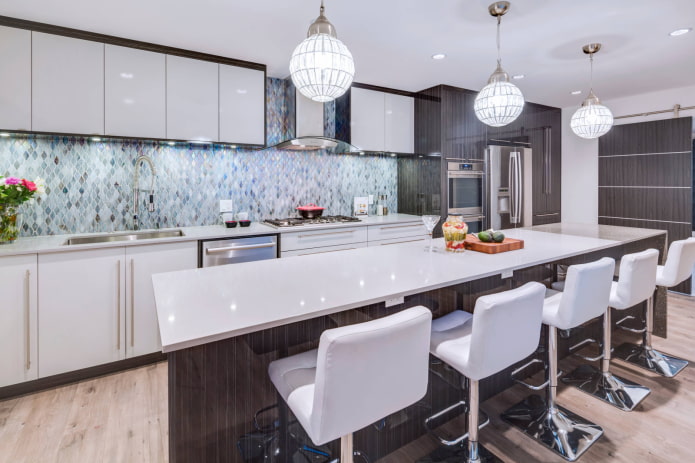
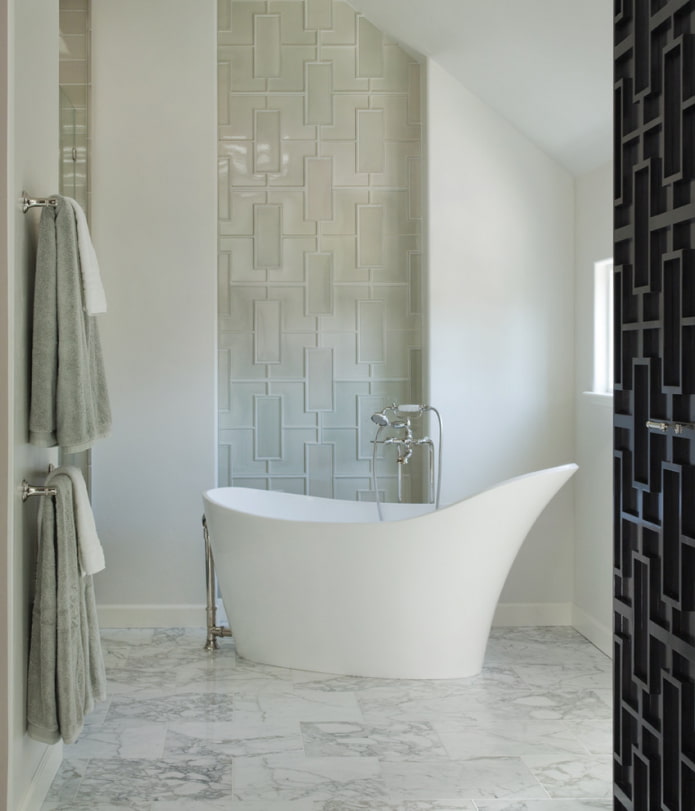
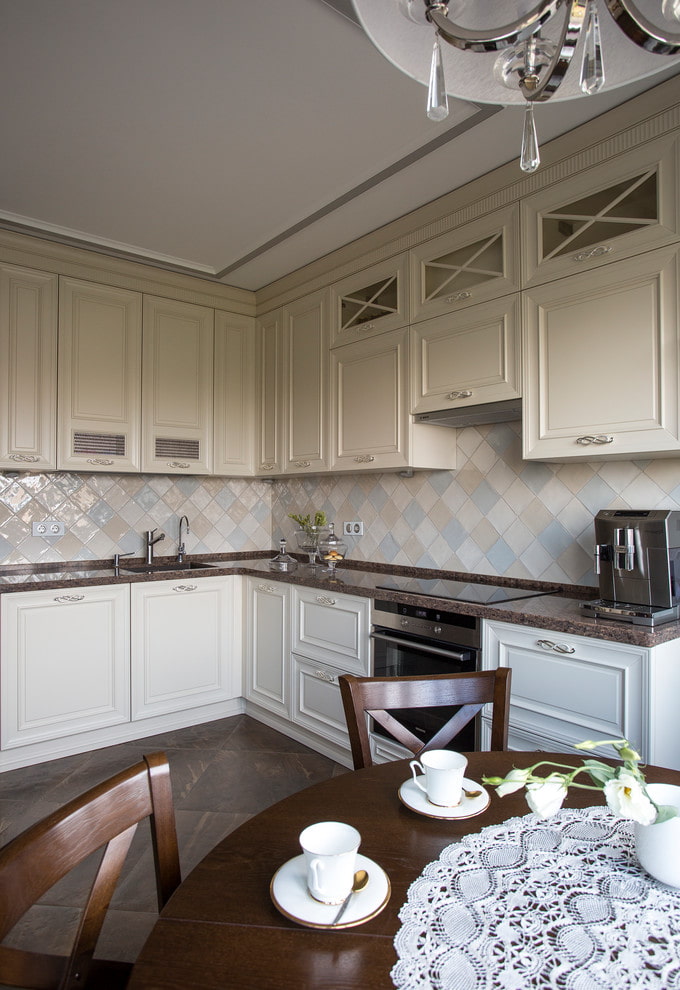
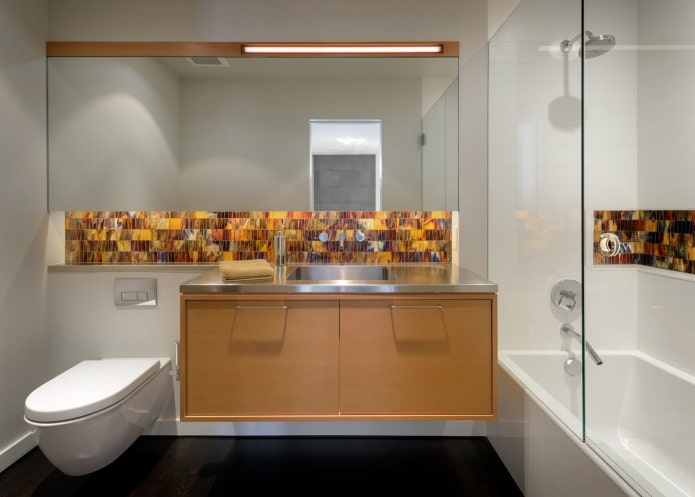
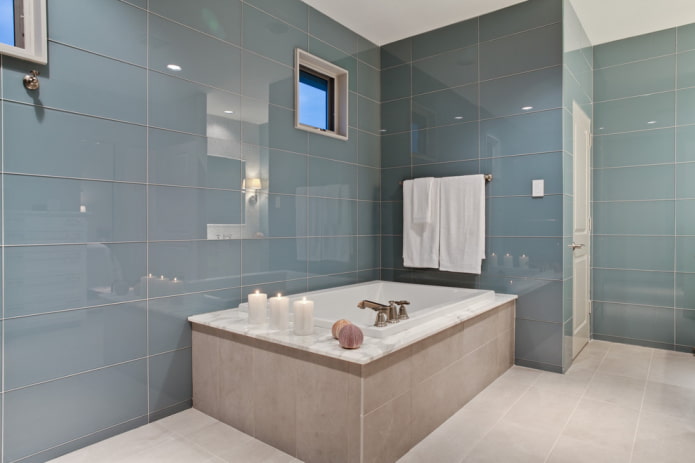

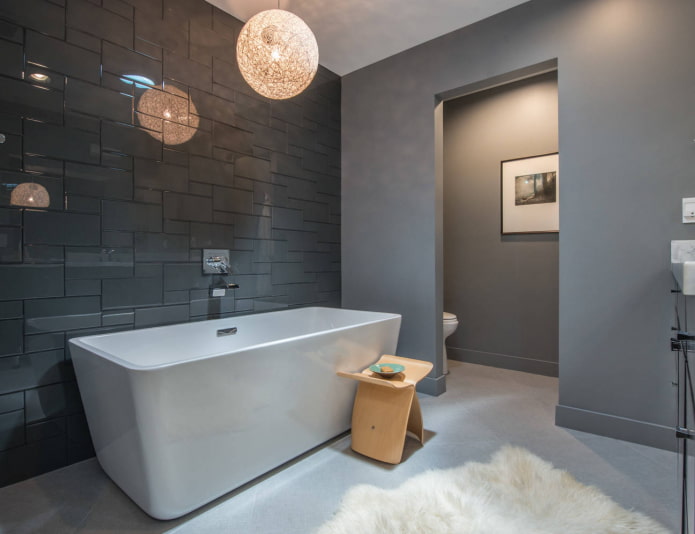
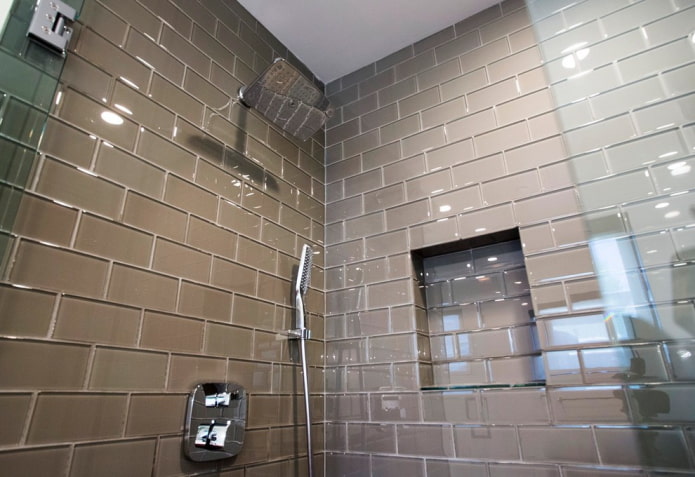
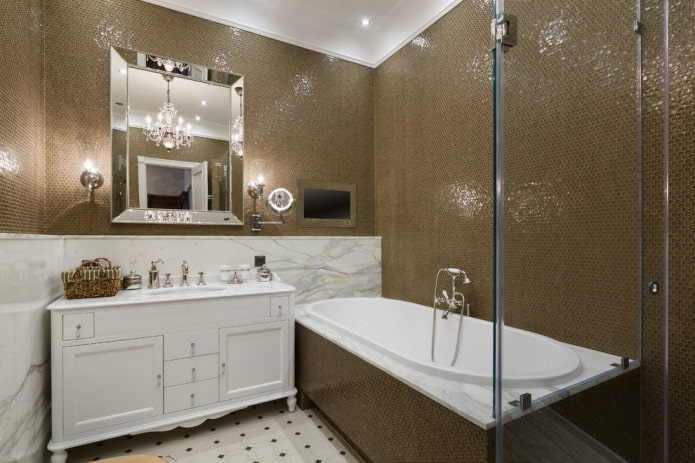
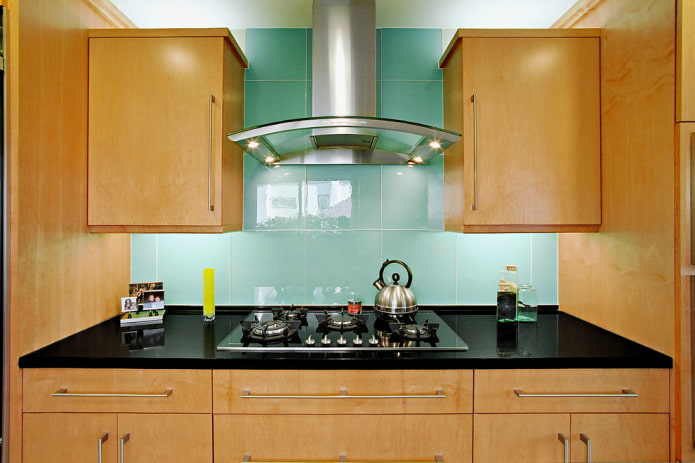
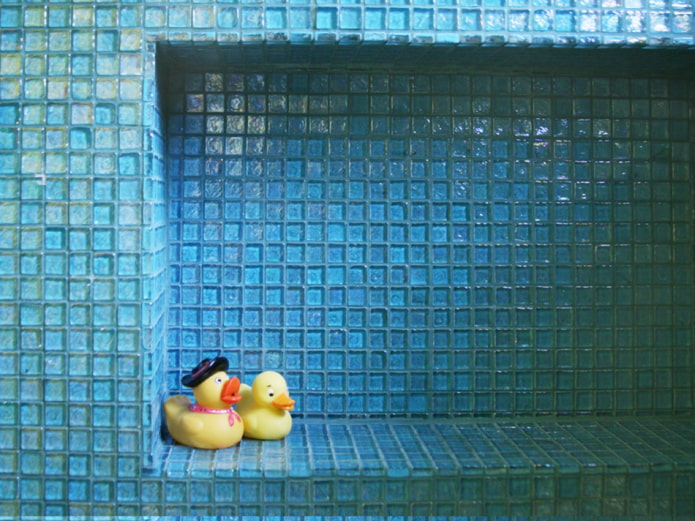
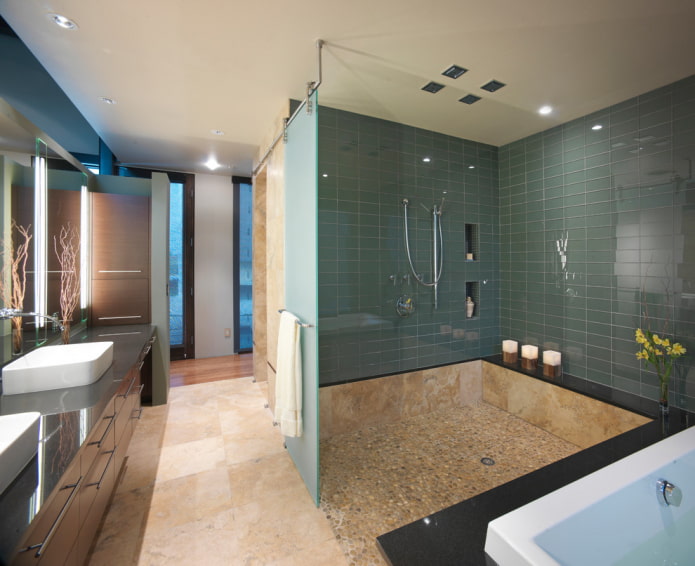
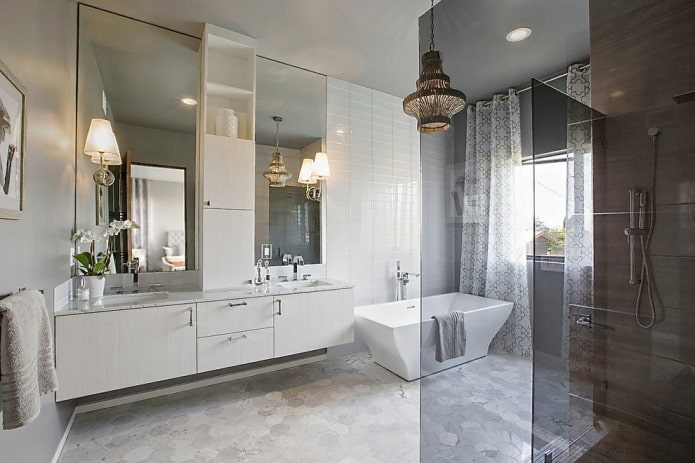

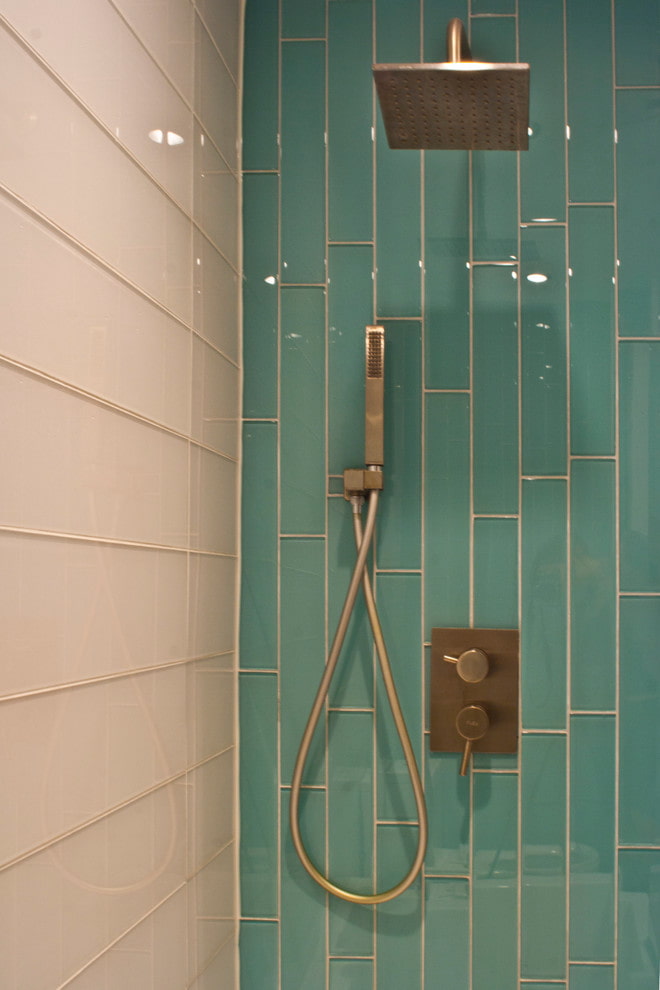
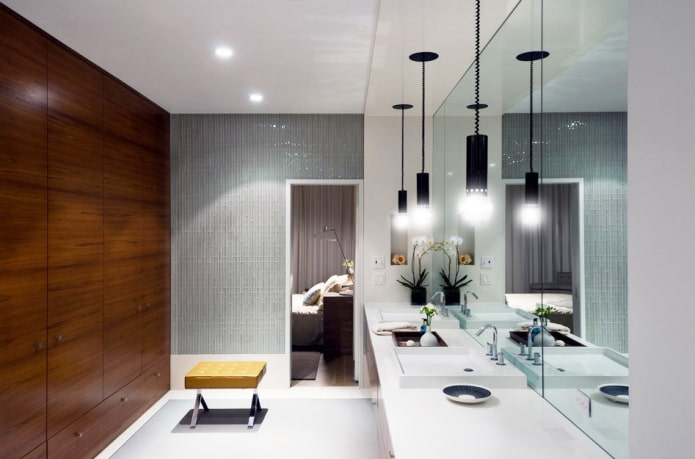

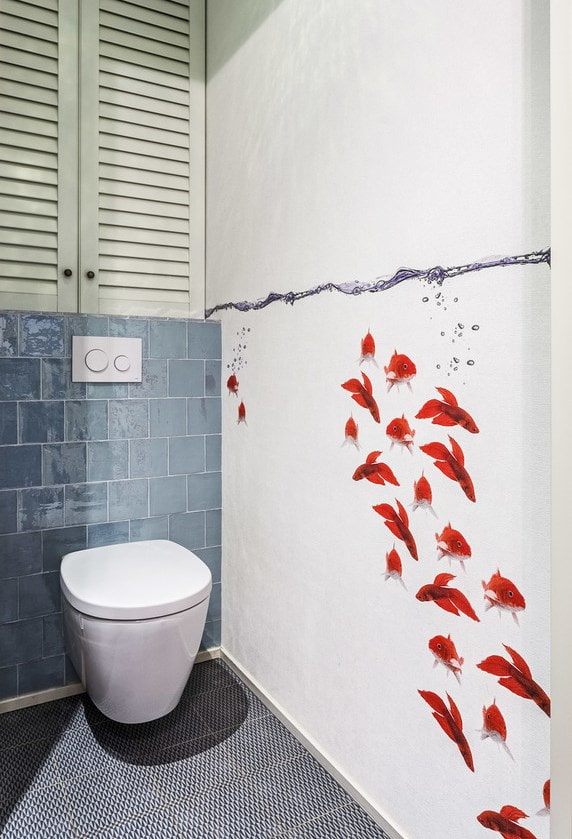
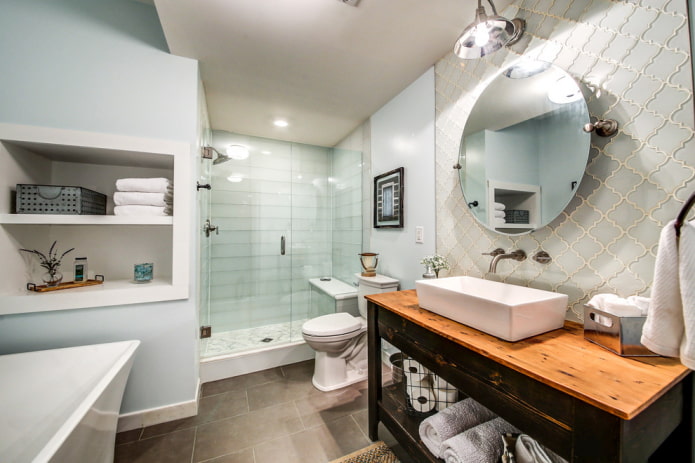
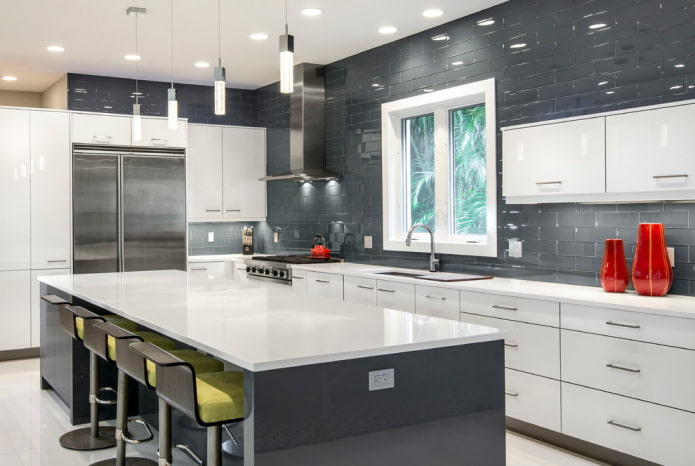

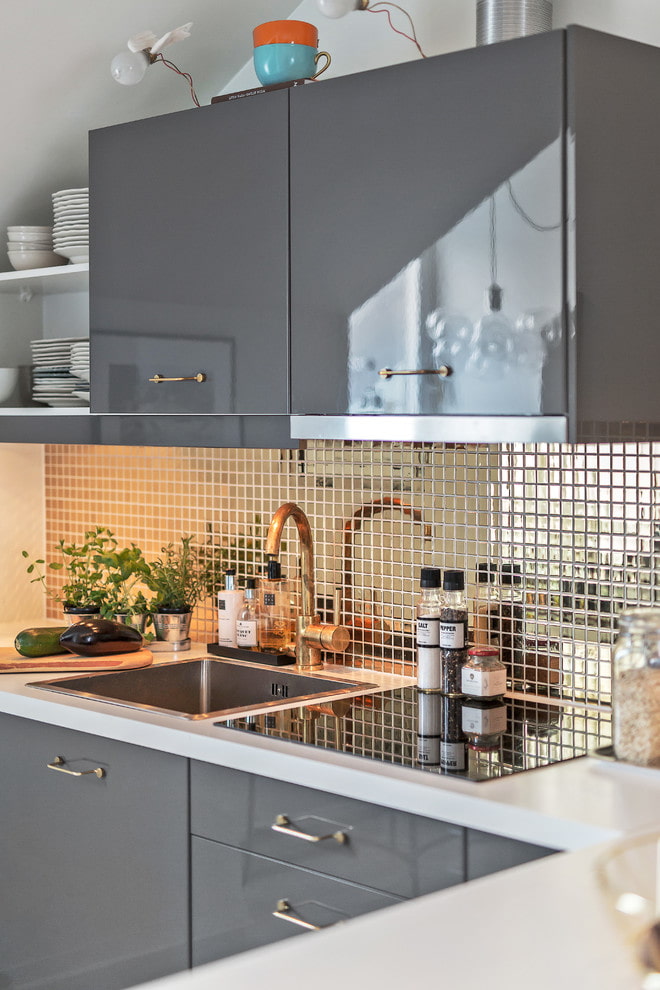
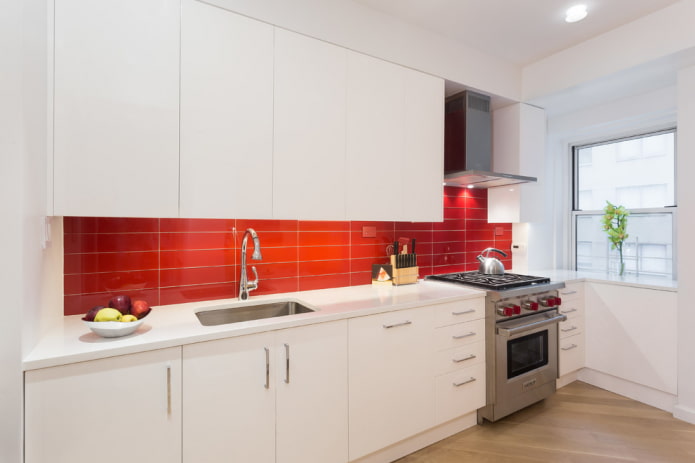

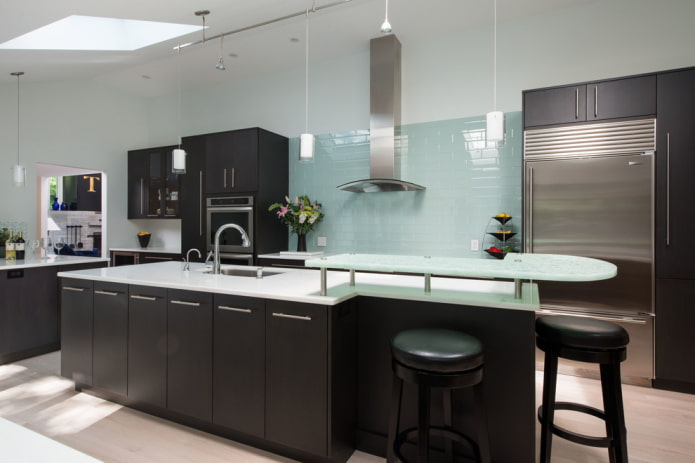
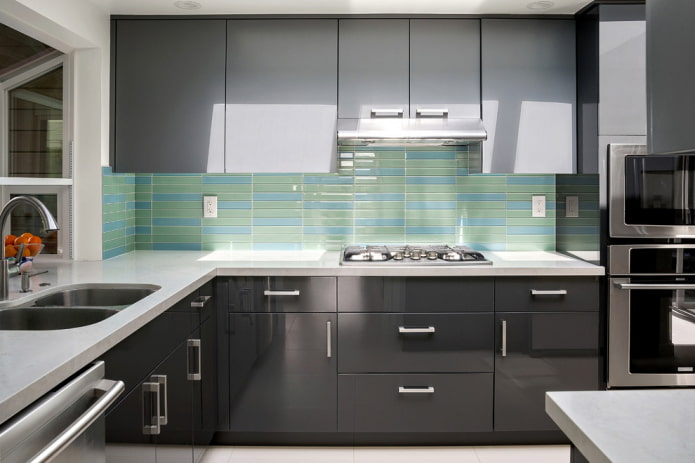
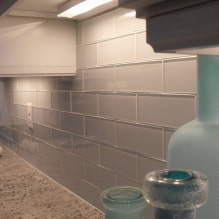
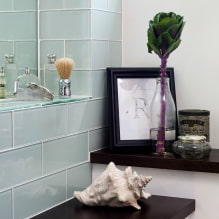
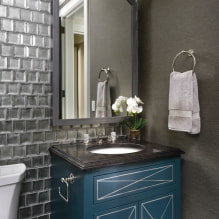
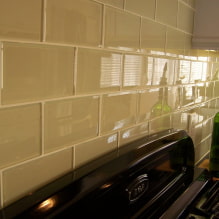
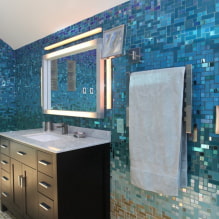
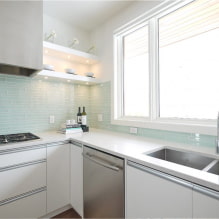
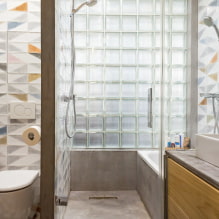
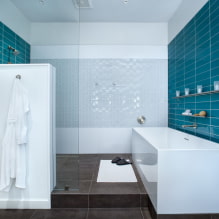
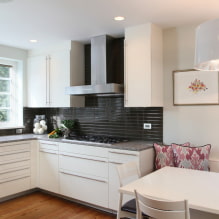
 13 bad habits a good housewife shouldn't have
13 bad habits a good housewife shouldn't have 24/7 home cleanliness - 4 secrets for the perfect housewife
24/7 home cleanliness - 4 secrets for the perfect housewife 6 hotels in Sochi that will give odds to the promoted foreign hotels
6 hotels in Sochi that will give odds to the promoted foreign hotels Top 10 interior design trends 2020
Top 10 interior design trends 2020 Rating of cheap TVs with Smart-TV
Rating of cheap TVs with Smart-TV New Year's LED garlands on AliExpress - we disassemble while it's hot, so that it's bright at home
New Year's LED garlands on AliExpress - we disassemble while it's hot, so that it's bright at home